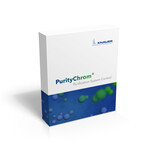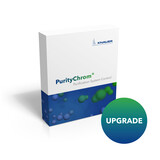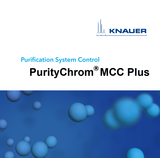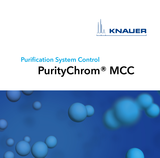-
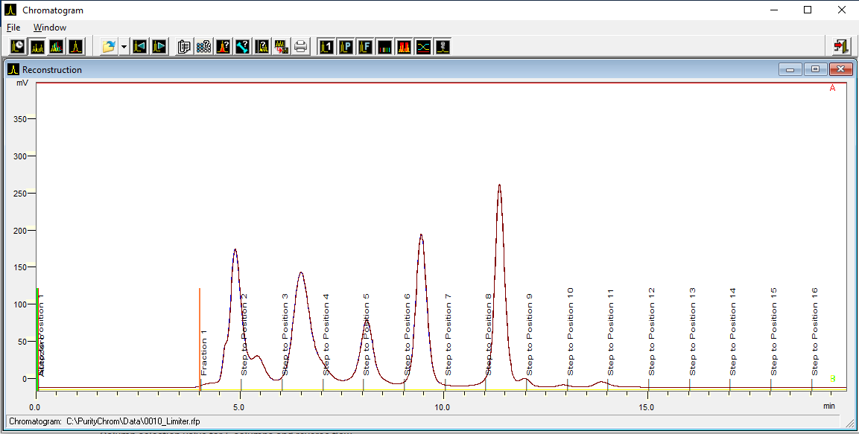
Chromatogramm with limiter fractionation
-

Limiter usage in the method file
Fractionation via a limiter is often used in standard FPLC runs. It means, that upon setting the fraction collector into fractionation mode, it will collect the same size fractions as long as it is in this mode. An example of the fractionation behavior you can see pictured. You see here that the same volume is collected for each fraction unless you interfere with the fractionation manually. This is convenient especially for runs with less defined peak shapes, low UV intensities and to make sure, that no material is lost during the run. However, the possibility of contaminating the product of interest is likely because no active surveillance of UV signal is involved in this fractionation type, as you can see in the exemplary run for fraction 8.
To implement the limiter in a method, you add the command “Fraction Limiter” and define the volume which is repeatedly collected during the run. In this example, the tube is changed after a volume of 1 ml is collected. The fractionation is started by switching the fraction collector valve into the fractionation position at the point of your choice.

